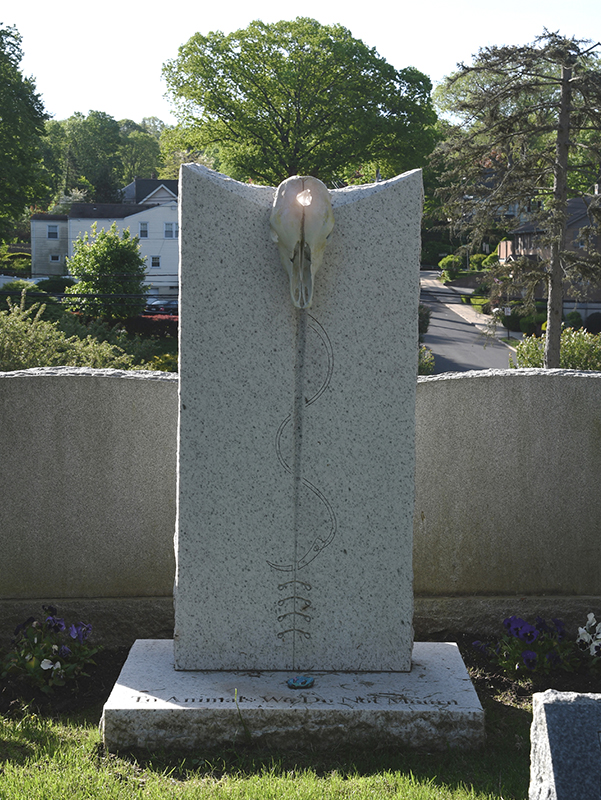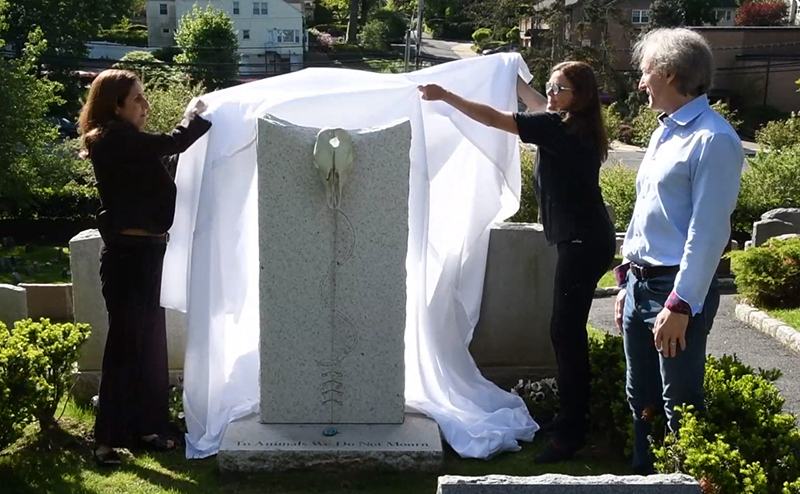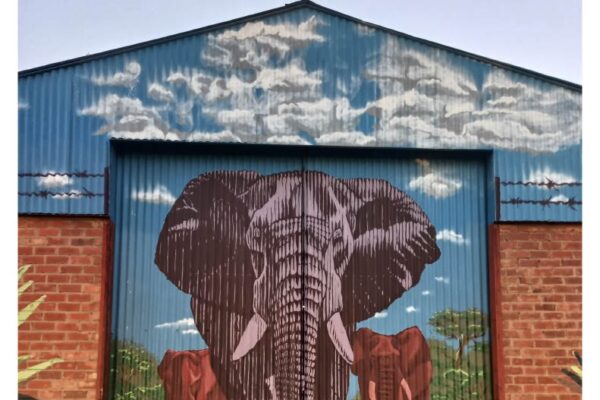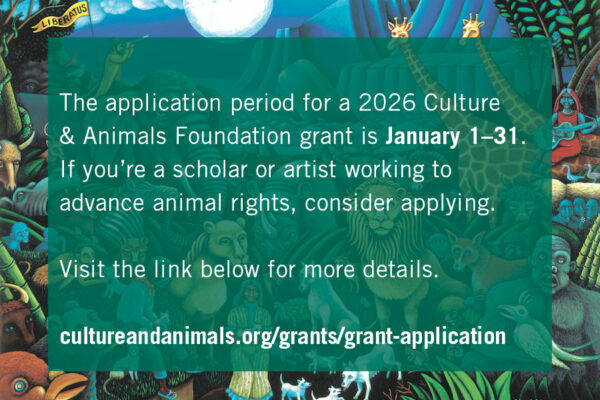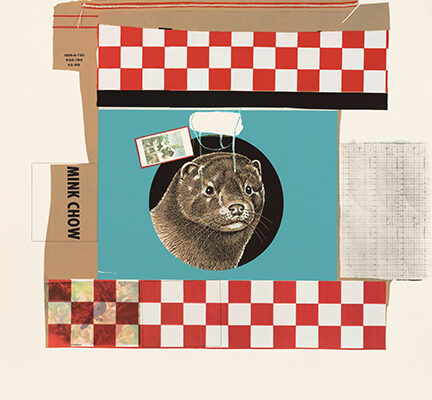On May 18, 2019, artist Linda Brant, unveiled a monument dedicated to farmed animals at the Hartsdale Pet Cemetery in Hartsdale, NY, titled The Monument to Animals We Do Not Mourn. You can watch a video of the unveiling here.
In 2015, CAF co-founder, the late Tom Regan was already ill with the Parkinson’s disease that took his life two years later. CAF co-vice president, Mia MacDonald remembered how “with emphatic gestures and great passion, he [Regan] urged us not only to award Linda a grant that year, but to do the same in 2016, to help bring this extraordinary project to completion.” Brant’s project was one of the last that Tom had a hand in helping to make possible.
The project took four years to finish and Brant says there were many setbacks and detours: “I was able to persevere because I knew that Tom and CAF were behind me,” Brant observes. “There was no way I was going to give up. Tom expressed his views about animals with special clarity. His pioneering role in the animal rights movement is undisputed. His enthusiasm for my project is validation of its value and importance. It means a lot to me.
“When I learned how passionately Tom Regan felt about my project, I was completely humbled and honored,” Brant says. “Knowing that Tom understood and appreciated the message of the monument helped me stay the course when I encountered challenges.”
Brant has thought deeply about not only what the monument represents, but the idea of a monument itself. She observes that the piece, is “‘anti-monumental’ in that it stands for a non-dominant group: farmed animals.” She continues: “The monument serves as a historical document, marking the atrocities committed against countless unmourned animals, and standing in sharp contrast to the multitude of gravestones for beloved companion animals that are regularly mourned at Hartsdale Pet Cemetery.”
Atop the monument’s granite base sits a bronzed cow skull, with a crystal placed between and above the eye sockets: “The placement of the crystal in the position of the third eye is significant,” Brant comments. “When cattle are slaughtered, they are shot between the eyes with a captive bolt stunner, leaving a characteristic hole in the skull. The site of this injury corresponds with that of the metaphorical third eye. Therefore, the crystal functions as a symbol, transforming the place of pain into a call for compassion.”
Beneath the skull, a hand-carved crack runs vertically down the center of the monument, “denoting injury and echoing a similar crack in the skull.” Brant continues: “A curving thread travels from the skull to the base of the monument where an etched needle and four carved stitches suggest the process of closing or mending a wound. This ‘sewn’ portion of the monument represents the work that must be done to extend the range of human compassion to farmed animals and other animals that are not typically mourned.”
The Monument to Those We Do Not Mourn is both interactive and restorative. Brant encourages visitors to leave a stone at the base of the monument if they support its message. As the stones accumulate over time, Brant hopes to collect them and use them to make another monument for unmourned animals.
“I’m so happy to have made this piece. Since Hartsdale Pet Cemetery is on the National Register of Historic Places, I feel confident that the monument will be there for a long time. My dream is that a hundred years from now, someone stumbles upon the monument and says, ‘Wow, did they really breed livestock for food back then? Horrible!’”
Mia MacDonald, who attended the unveiling of the monument, is delighted the project has been completed: “It is, of course, very sad that Tom did not live to see this day, but he would have been immensely proud of Linda’s tenacity, CAF’s commitment to its grantees, and the powerful message sent by this ‘anti-monument’ as Linda describes it. Like this monument, Tom’s work centered on the billions of animals who, as he put it, were ‘subjects of a life’ and yet whose individual biographies we’ll never know.”
Photograph taken by Ed Watkins. (More photos are available on Linda Brant’s grantee page).
